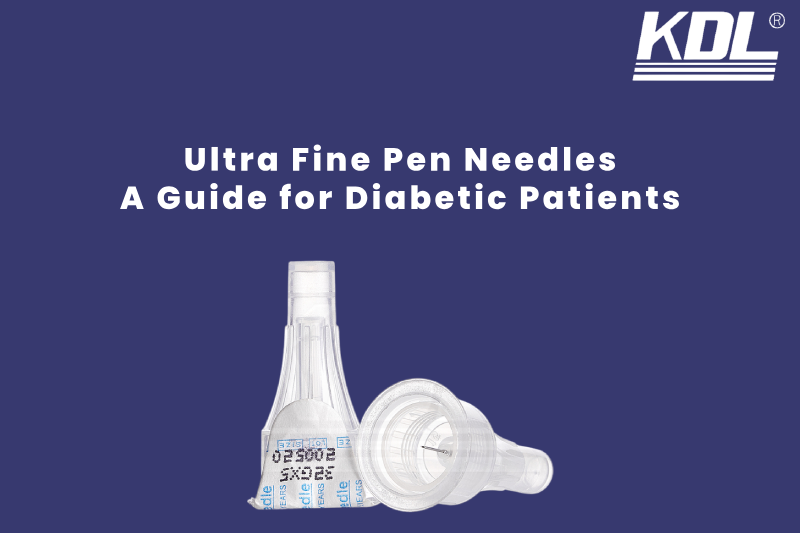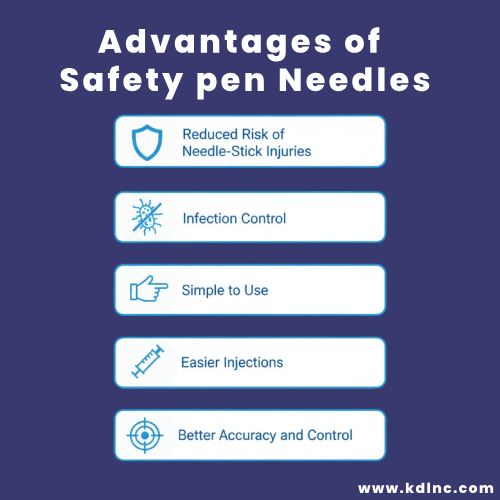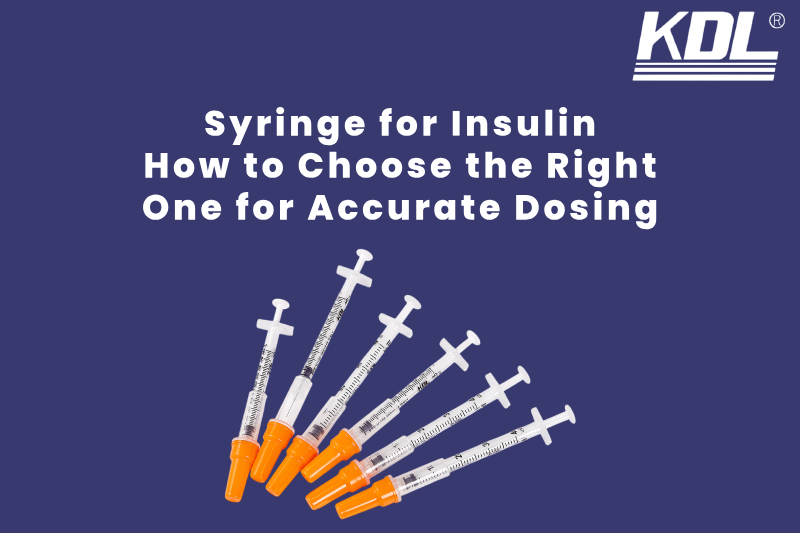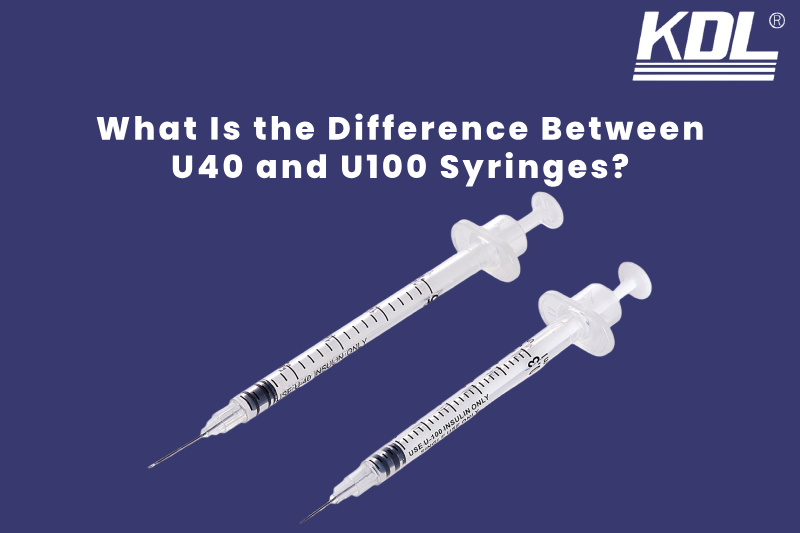
If you have diabetes, you have to check your blood sugar every day. Giving insulin shots is part of that for many people. New technology has made this process faster and less painful, which is good news. The ultra fine pen needles is one of the most important improvements. It’s a small change that has a big effect.
There are many reasons why ultra fine pen needles are useful. This guide will show you how to use them properly and what to look for in a good one. No matter how long you’ve been using insulin or if you’re new to it, knowing about these needles can make your daily shots go more smoothly and comfortably.
What Are Ultra Fine Pen Needles?
A ultra fine pen needle, short needle that fits on an insulin pen is called an ultra fine pen needle. It is used to put insulin into the subcutaneous tissue, which is the fat layer under your skin.
Ultra fine needles are made to be smaller in thickness and shorter in length than older or standard pen needles. This makes shots less painful and stressful. They are less scary and easy for most people to use than regular needles.
Common Sizes of Ultra Fine Pen Needles
There are different gauges (lengths) and lengths of pen tips, such as 4mm, 5mm, 6mm, and 8mm. When the size number goes up, the needle gets smaller. As an example:
- 4mm, 32G—very short and thin
- 5mm, 31G—a little longer but still very fine
- 6mm, 31G—a little longer for people who like their injections to go deeper
Most doctors say to use 4mm or 5mm needles because they are shorter and smaller and can reach the fat layer without going too deep into the muscle tissue.
Why Choose Ultra Fine Pen Needles?
Switching to ultra fine needles can make insulin injections feel less like a chore. Here are some key benefits:
1. Less Pain During Injections
When the needles are thinner, they put less pressure on your skin. A lot of people say that shots are almost painless because the needle slides in easily. For kids or people who are scared of needles, this can make a huge difference in how they feel.
2. Lower Risk of Hitting Muscle
When insulin is injected into muscle instead of fat, it may be absorbed too quickly, which can cause changes in blood sugar. The ultrafine pen points of safety pen needles are very short, which helps keep this from happening.
3. Better Comfort for All Body Types
Many people think that needles should be longer for people with bigger bodies, but studies show that short needles work well for everyone. As long as you use a 4mm or 5mm needle, injecting insulin with needle is safe and useful for everyone.
4. Easier to Use and Control
Because ultra fine pen needles are small, they make it easier to hold the pen steady and inject at the right angle. Especially for new users, this helps make doses more accurate and more comfortable.
5. Compatible with Most Insulin Pens
Almost all of the big brands of insulin pens needles can use ultra-fine pins. Just make sure that the package works with the item before you buy it.
Tips for Using Ultra Fine Pen Needles Comfortably
Even though these needles are designed for comfort, a few simple habits can make injections even easier.
1. Warm the Insulin to Room Temperature
Cold insulin can sting when injected. If possible, take your insulin pen out of the fridge about 30 minutes before using it.
2. Stay Relaxed
Muscle tension can make an injection hurt more. Now is the time to relax your arm, leg, or stomach by taking a deep breath.
3. Don’t Rush
Move slowly and gently. Press the plunger smoothly rather than quickly forcing it down.
4. Check Your Technique
If you notice bruising, pain, or high blood sugars, ask your healthcare provider to watch your injection technique. Small adjustments can make a big difference.
How to Choose the Right Ultra Fine Pen Needles
There are many brands (KDLNC, Becton Dickinson (BD), Novo Nordisk, Terumo Corporation, Owen Mumford Ltd etc.) manufacturer of ultra fine pen needles available. Choosing the right one depends on your comfort level, your insulin pen type, and your doctor’s advice.
Things to Consider when choosing ultra fine pen needles
- Needle Length: Most people do well with 4mm or 5mm needles.
- Gauge (thickness): The higher the number, the narrower the needle. 31G and 32G are popular because they are comfortable.
- Compatibility: Check that the needle works with your brand of insulin pen (KDLNC, Novo Nordisk, Eli Lilly, Sanofi, etc.).
- Packaging: Some come in single sterile packets, while others come in bulk.
- Ease of Usage: If you have limited skill, look for caps that are simple to hold or safety features.
Comparing Ultra Fine Pen Needles vs Standard Pen Needles
| Feature | Ultra Fine Pen Needles | Standard Pen Needles |
|---|---|---|
| Length | 4mm–5mm | 8mm–12mm |
| Gauge (Thickness) | 31G–33G | 29G–30G |
| Comfort Level | High – smoother, less painful | Moderate – more noticeable |
| Ease of Use | Easier, better for beginners | Slightly harder for self-injection |
| Injection Angle | Usually 90° without pinching | Often requires pinching |
| Recommended For | Most diabetic patients | Those used to older needles |
As you can see, ultra fine needles offer comfort, safety, and simplicity—ideal for almost everyone who needs insulin.
How to Use Ultra Fine Pen Needles Correctly
Even though ultra fine needles are simple to use, technique still matters. Using them the right way ensures you get the full insulin dose and avoid issues like bruising or pain.
Step 1: Wash Your Hands
Start by washing your hands with soap and warm water. Clean hands prevent infection and keep your injection site safe.
Step 2: Attach the Needle to Your Pen
Take a new needle from its package. Screw or twist it onto the top of your insulin pen. Always use a new needle for each injection—reusing them can dull the tip and cause pain or infection.
Step 3: Prime Your Pen
Before injecting, remove both caps from the needle and prime your pen. This means dialing up a small dose (like 2 units) and pressing the plunger until you see insulin come out of the tip. Priming helps remove air bubbles so you get an accurate dose.
Step 4: Choose an Injection Site
The most common injection areas are:
- Abdomen (around your belly, avoiding a 2-inch circle around your navel)
- Thighs (front and outer sides)
- Upper arms (back of the arm)
- Buttocks
Rotate your injection sites to avoid lumps or irritation. Don’t inject in the same exact spot every time.
Step 5: Inject at the Right Angle
With an ultra fine pen needle, you can usually inject straight in (at a 90-degree angle) without pinching the skin.
If you’re thin or injecting into a less fatty area, you can gently pinch up a small fold of skin to make sure the insulin goes into fat, not muscle.
Step 6: Count and Hold
After you push the plunger, keep the pen in place for 5 to 10 seconds before taking it out. This makes sure that all of the insulin gets in.
Step 7: Get rid of the needle in a safe way
Take out the used needle and put it in a sharps container to throw it away. Don’t leave used needles lying about or throw them away with your other rubbish.
Final Thoughts
Sometimes living with diabetes might be too much to handle, but tiny changes to your daily life can make a tremendous difference. Ultra-fine pen needles are one of those modest but useful additions. They make it simpler, more comfortable, and less stressful to have insulin shots.
If you just found out you have diabetes or have been managing it for years, you may want to speak to your doctor about switching to ultra tiny insulin pen needles. You probably won’t have to wait as long for your shots, and they will be less unpleasant.
You can manage your diabetes better and live a healthier life if you take the time to learn the correct skills and utilize the best instruments.
Key Takeaways
- Ultra fine pen needles are shorter and thinner, making injections nearly painless.
- They work well for all body types and reduce the risk of injecting into muscle.
- Always use a new needle for every injection to stay safe.
- Rotate injection sites and follow proper technique for the best results.
- Ask your healthcare provider which needle length and brand are right for you.
 +86-791-8686-1216
+86-791-8686-1216 












